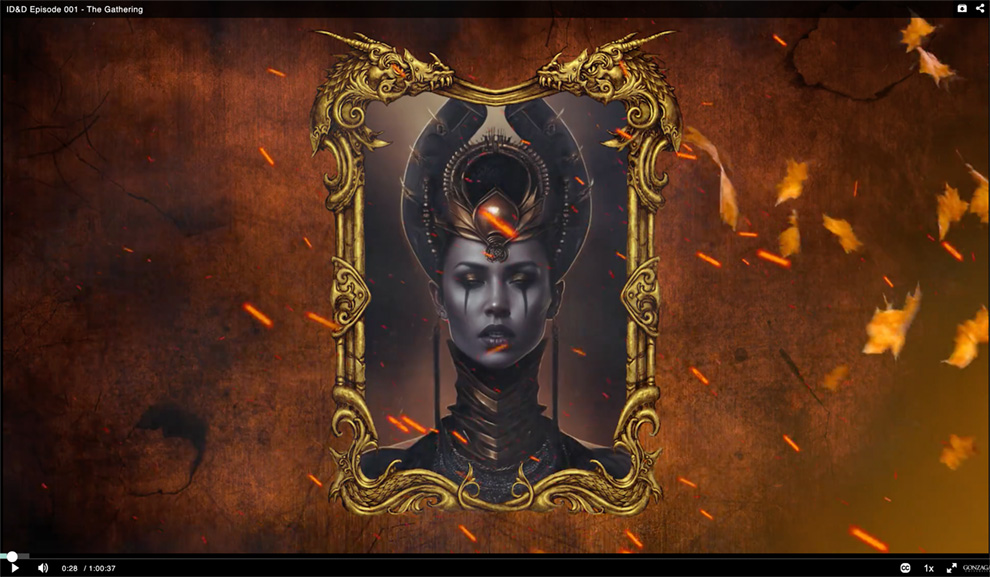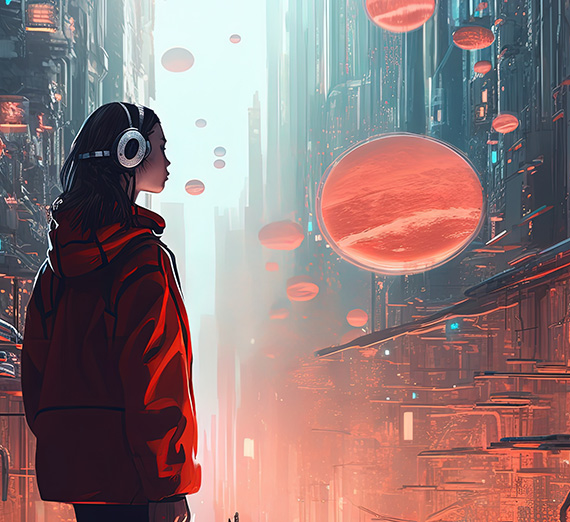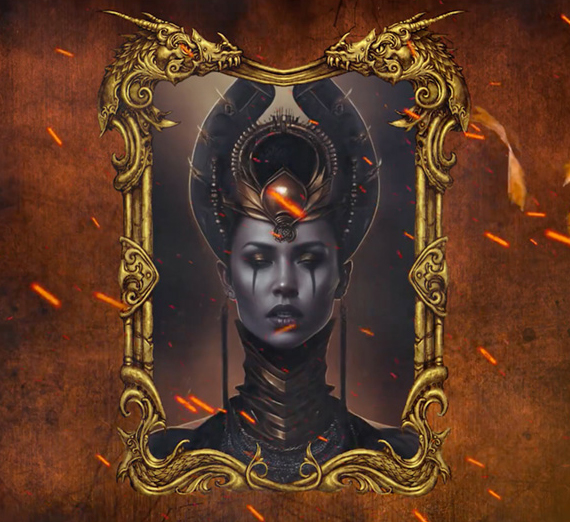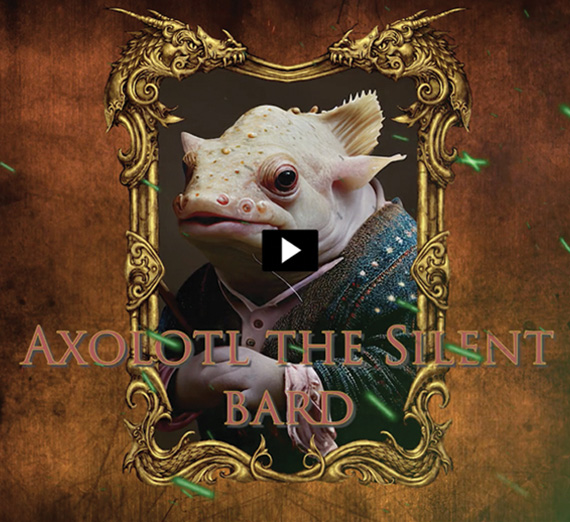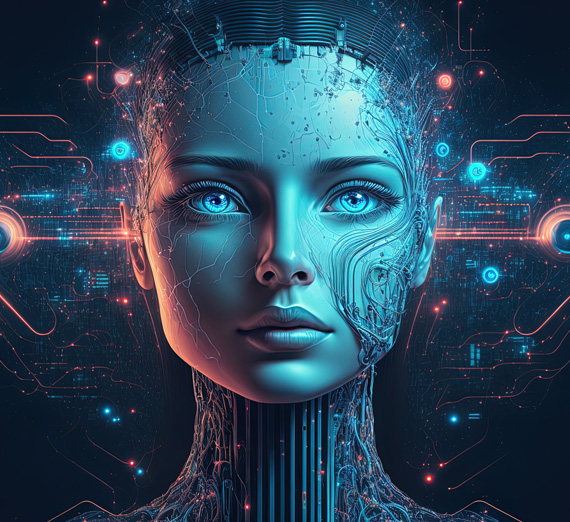Gamification vs. Education – Irreconcilable Differences?
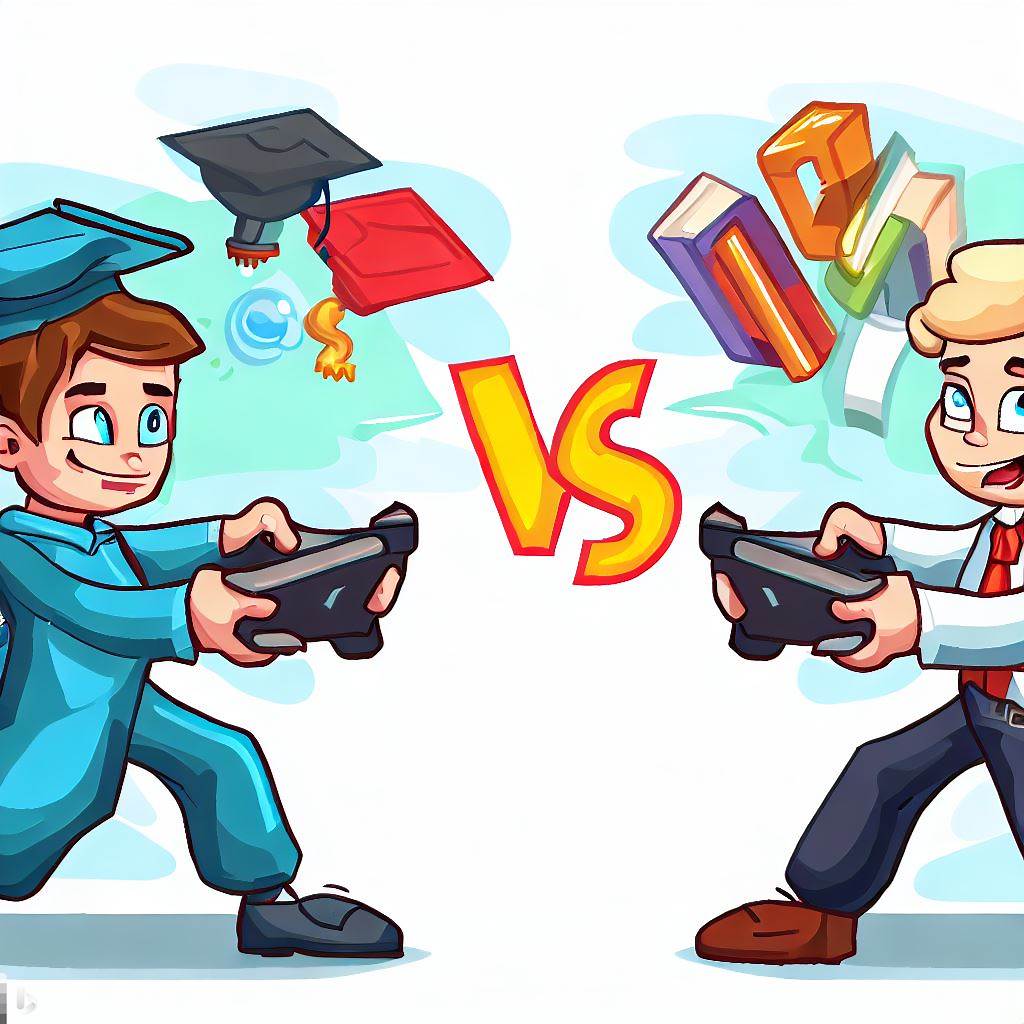

This image was originally posted to Flickr by LMU Library at https://flickr.com/photos/29056665@N06/31792644484 (archive). It was reviewed on 25 April 2019 by FlickreviewR 2 and was confirmed to be licensed under the terms of the cc-by-2.0.
One of my favorite moments in the 1968 film, The Planet of the Apes, is when the orangutan Dr. Zaius, Minister of Science and Chief Defender of the Faith, declares that "there is no contradiction between faith and science," when questioned about a conflict of interest between his two roles in ape society. To many, games and education seem nearly as diametrically opposed as Zaius' two areas of responsibility. Games are fun, and engaging in ways that a majority of education is not. In fact, since the Industrial Revolution, education has been designed to serve a purpose that is exactly the opposite of games – to train people for the monotony of the factory.
Even in the 21st Century, when games, game-based learning (GBL), and "gamification" are gaining some momentum as viable educational alternatives, there is still much resistance to the idea that students at any level can learn as much (or more) from playing games as they could from sitting in a traditional classroom. Some of the reason for this is that there actually is an underlying contradiction between the two modes of learning that makes GBL seem incompatible with mass education – and the gaming and serious games industries are not doing their part to address the concerns of education stakeholders. What is this conflict, and what can the gaming industry do to alleviate the concerns of parents, students, educators, and politicians?
The Conflict between Games and Education
Aside from the basic disconnect between having fun and not having fun, the real problem for game developers to overcome is their failure to acknowledge and address the issue of educational standards and accountability.
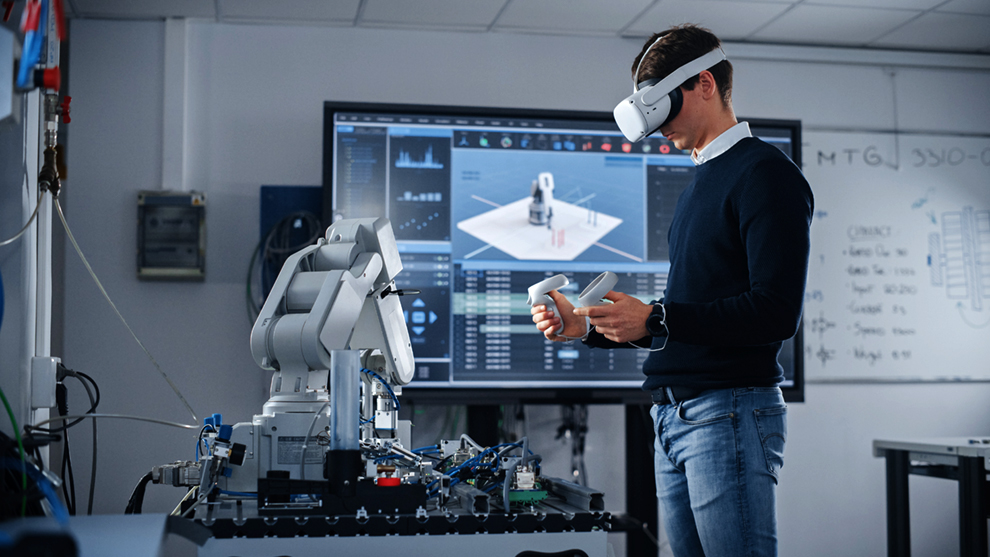
While I may not personally agree with standards-based education – as it appears most interested in the opposite of gamification – it is none-the-less the way that public education functions. Games, up to this point, do not easily align with current educational standards such as the Common Core or ISTE standards, which are very structured and expect learning to happen in an orderly manner, while game-based learning tends to happen more organically through an interactive process of trial and error.
If game developers continue to largely ignore (or remain ignorant of) educational standards, there will be no real way for GBL to become an integral part of education. In order to create games that align with specific educational standards, the gaming industry will need to change its priorities and even its design process to fall more in line with instructional design rather than its current model. This will represent a fundamental shift in game design and may meet considerable resistance, particularly as there is a real danger that the excitement, fun, and engagement of traditional games may be hindered by this change.
In addition to the failure to match educational standards, games also need to be able to demonstrate concrete gains for their users. In the current environment of dissatisfaction with education, there is an increasing push to assure that any investment in education pays off with real, measurable skills for students. While this expectation may also be largely unrealistic when schools lack the resources, support, and industry connectivity to deliver meaningful skills, the expectation is still there. Games, even more so than education, have historically struggled to demonstrate measurable gains in skills, knowledge, or abilities associated with playing them. That does not mean that they aren't there, but they are not generally explicitly designed into the games themselves.
What the Gaming Industry Needs to Do
There are two very concrete steps that the gaming industry needs to take in order to gain widespread acceptance in education.
- Align to standards: While challenging, it is not impossible to design games based on current educational standards. With the adoption of standards such as NGSS, by approximately 20 states, there is at least a mapped path forward for an initiative such as this.
- Demonstrate learning outcomes: This is more challenging as a majority of assessment in games is internal (you must succeed in order to move on). The industry can help to show that their games meet learning objectives by first developing standards-based games, and then collaborating with educators in research that quantifies the outcomes of those games.
While there are some efforts underway to do this from academia, there is no coherent plan on the part of the gaming industry to consciously meet these needs. If game developers can initially meet these two goals, many more doors could open for a far broader acceptance of a more diverse variety of games in education.
Failing to Learn to Learn from Failure
The game industry is not solely responsible for the failure of GBL to connect with education. There is an inherent bias against failure in education even though failure itself can be a powerful learning opportunity. Games embrace, even count on, failure. Education needs to move away from its fear of failure in favor of a more hands-on, trial and error approach to learning that allows students to experiment and learn through making mistakes. Alignment with NGSS standards, for example, would be a positive step forward in this regard. Moving in that direction would make it much easier for GBL to fulfill the needs of educators, students, and other education stake holders.
In the final analysis, there is quite a gulf between the needs of education and the objectives of the gaming industry. Compromise in the areas listed would allow both parties to move closer to a meaningful implementation of games for learning. Once the gaming industry demonstrates that it is serious about supporting learning, education can embrace gamification and eventually open up to the possibilities of the less structured, more open, fun, and engaging model of learning that is the real power of GBL. Right now, the two parties are too far apart to connect, but the potential gains for both sides make some compromise a wise investment for the future of game producers and learners alike.
- Academics
- School of Education
- Online Programs


